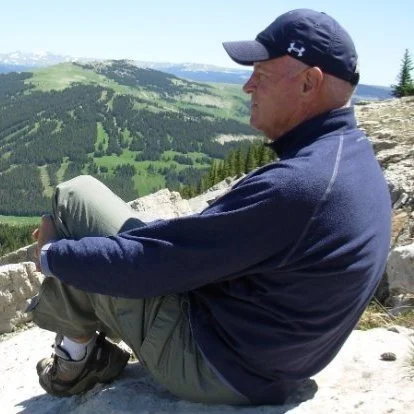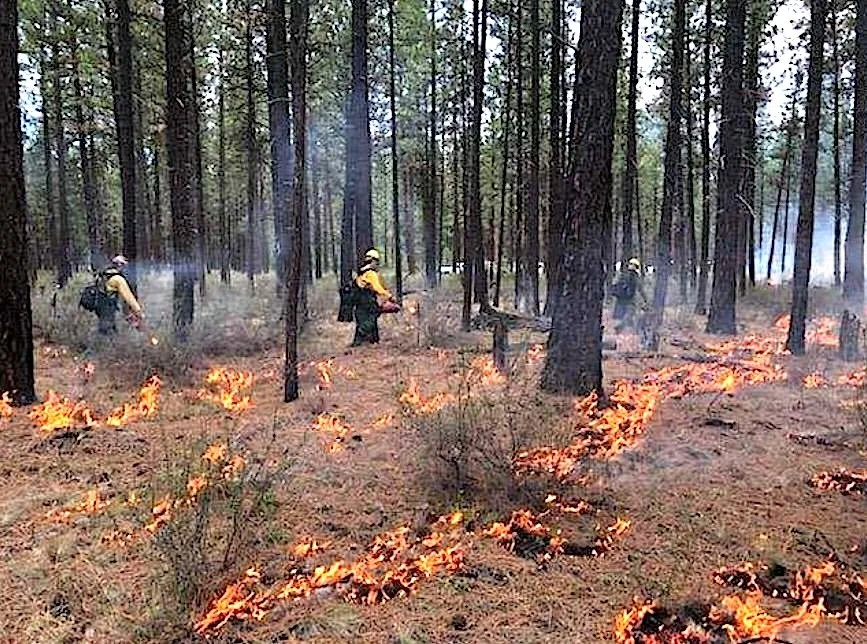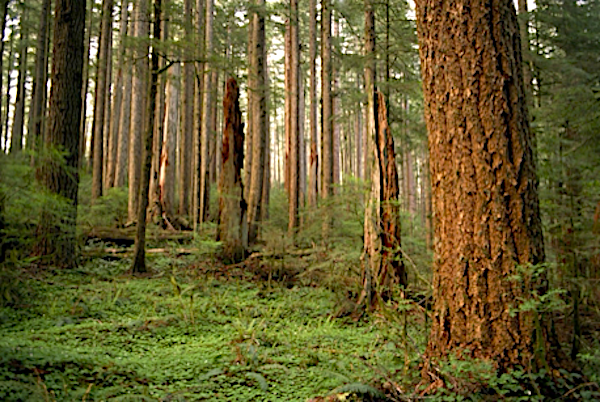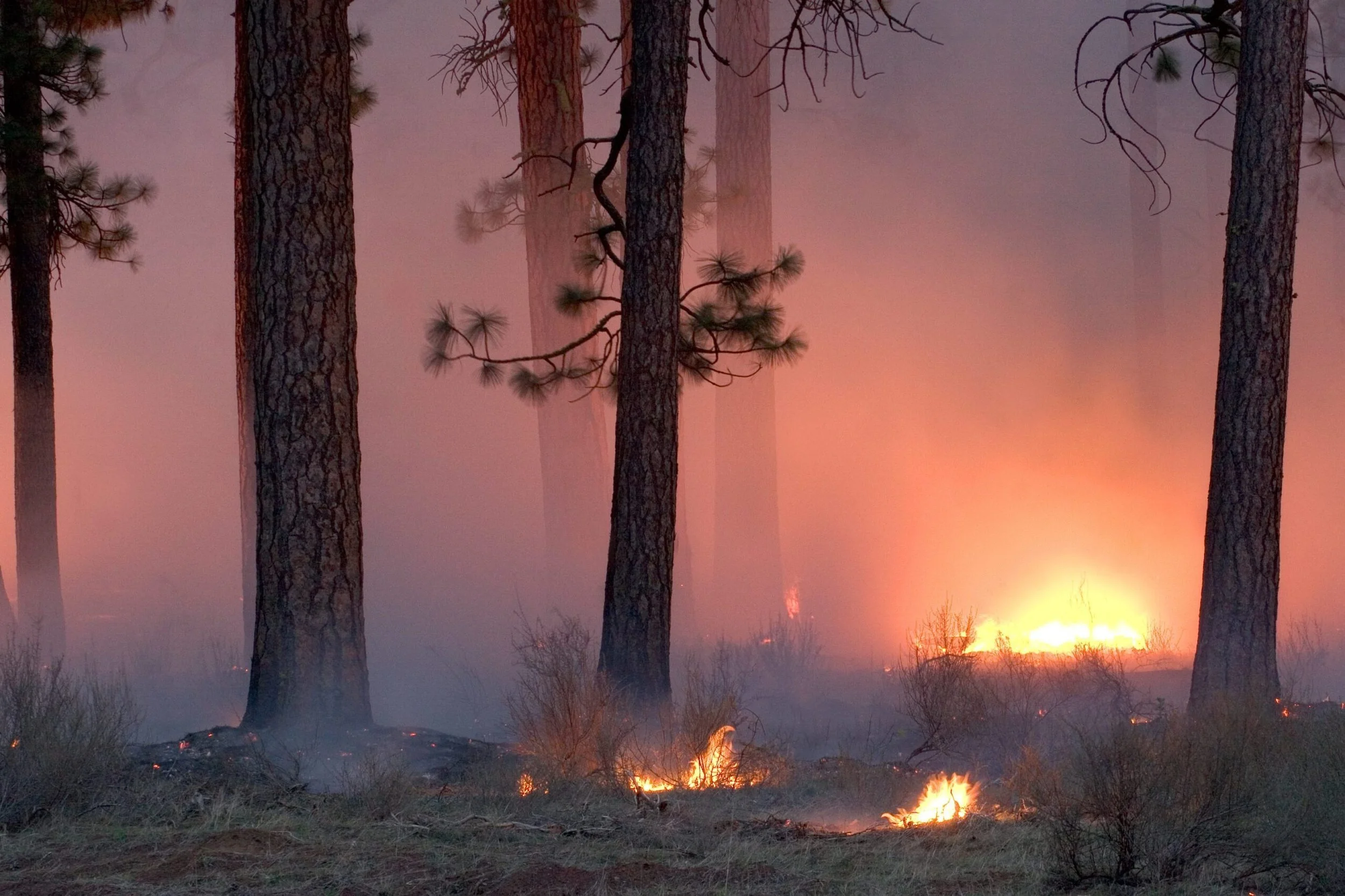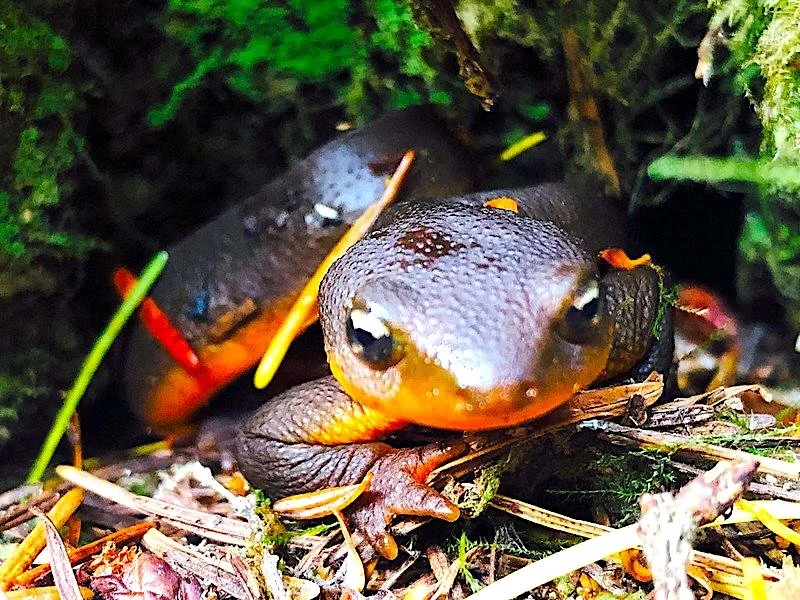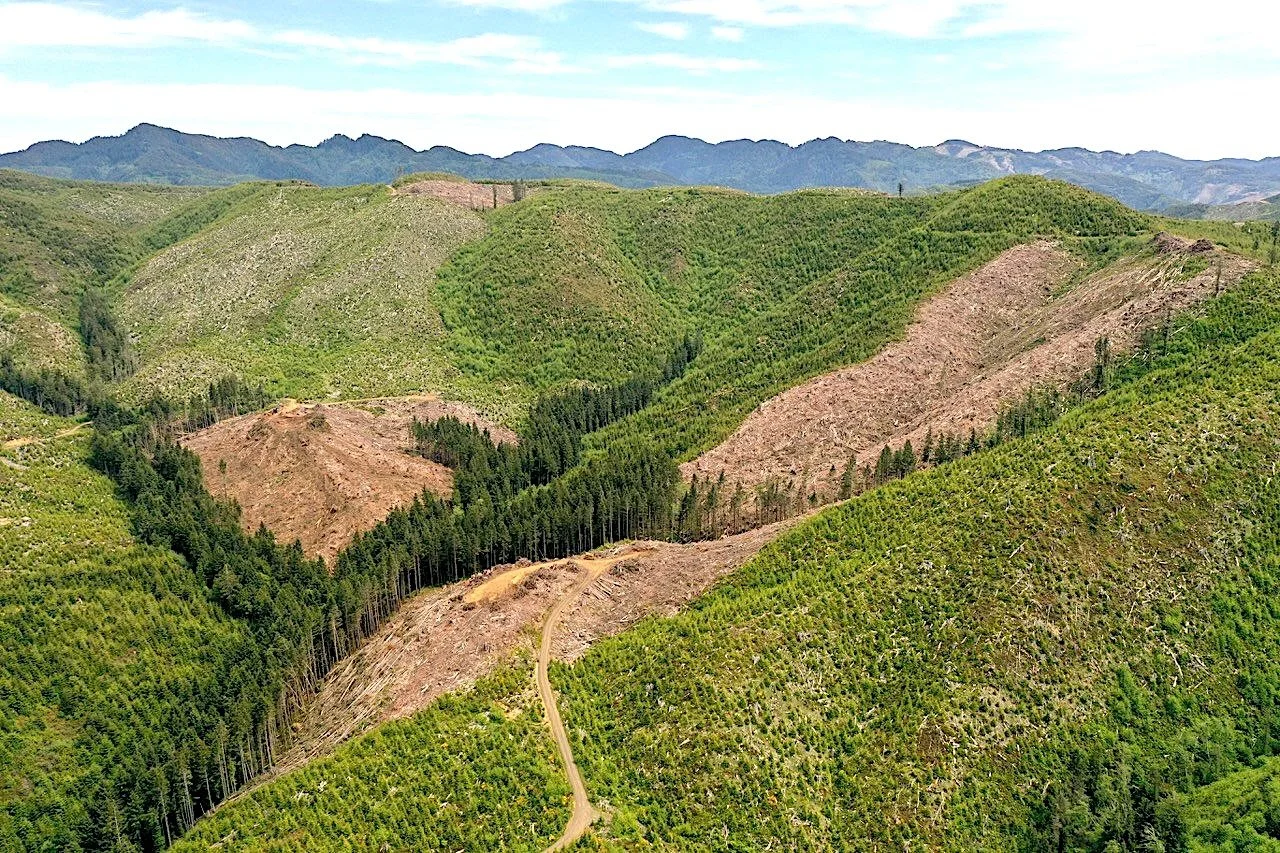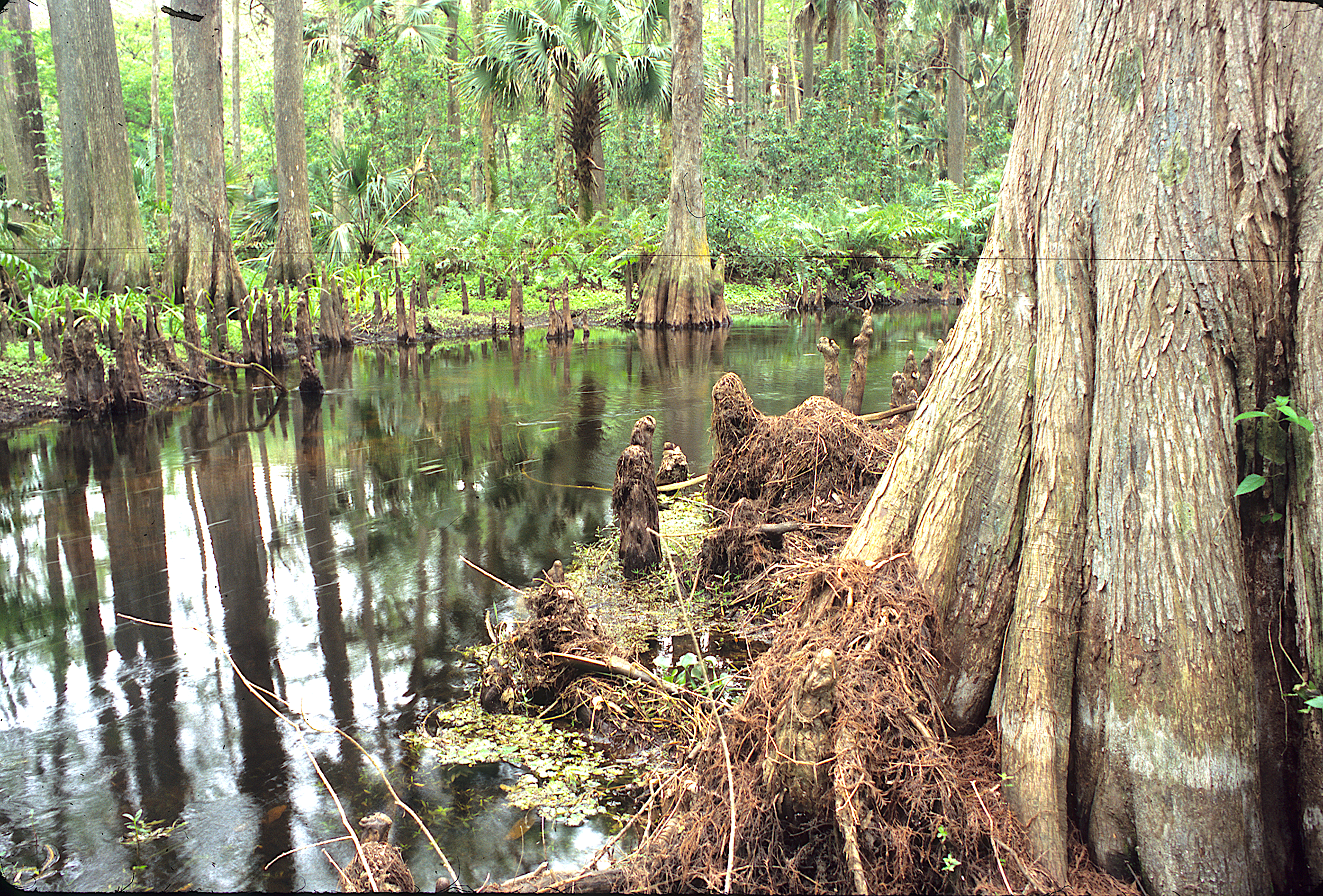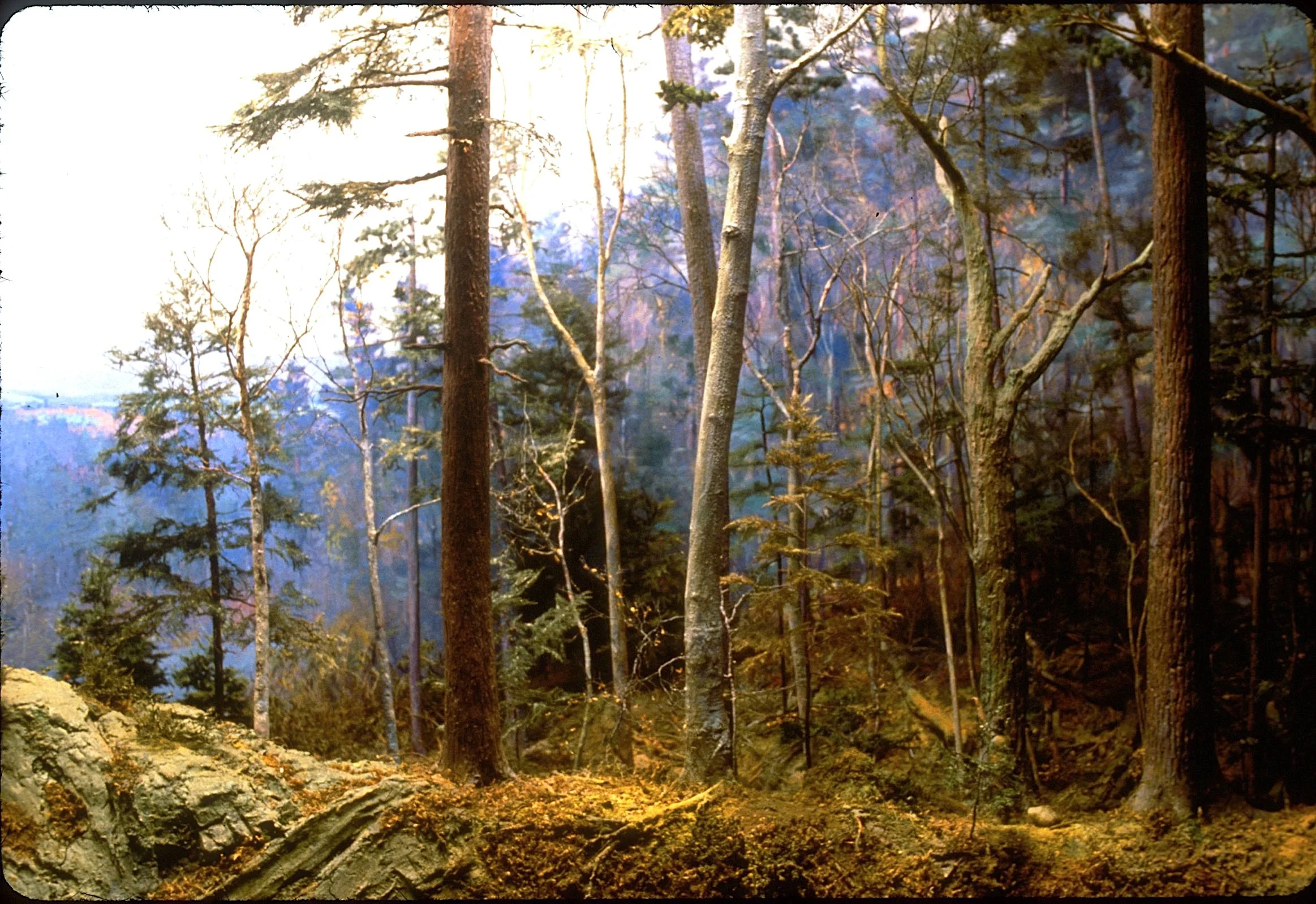Sort By Category
- 30x30
- Administration
- Antiquities Act
- Book Reviews
- Bureau of Land Management
- Climate Change
- Climate change
- Coasts
- Congress
- Counties & Federal Lands
- Courts
- Courts & Litigation
- Department of Agriculture
- Department of Interior
- Deserts
- Ecological Reserves
- Ecosystems
- Elections
- Endangered Species
- Energy
- Estuaries
- Federal Lands
- Fish
- Fish and Wildlife Service
- Forest
- Forest Fires
- Forest Service
- Forestry
- Forests
- Grasslands
- Land & Water Cons. Fund
- Land & Water Conservation Fund
- Legislation
- Litigation
- Livestock Grazing
- Marine Protected Areas
- Marine Sanctuaries
- Mature & Old-Growth Forests
- Mature and Old-Growth Foresrts
- Mining
- Nat'l Conservation Lands
- National Forest System
- National Marine Sanctuaries
- National Monuments
- National Monuments Act
- National Park Service
- National Park System
- National Parks
- National Recreation Area
- National Scenic Area
Sort By Tag
- 1002 area
- 30x30
- 5th Amendment
- ANWR
- Acadia National Park
- Adam Smith
- Administrative Procedure Act
- Advancing Conservation and Education Act
- Alan Bates
- Alan Deboer
- Alaska
- Alaska National Interest Lands Act
- Alaska Native Claims Settlement Act
- Aldo Leopold
- American Forest Resource Council
- American Prairie Reserve
- American Tree Farm System
- American beef supply
- American black duck
- American woodcock
- Ammon Bundy
- Ancient Forest National Park
- Anders Eskil Carlson
- Andrea Salinas
- Andrew N. Gray
- Andy Kerr
- Animal unit month
- Ansel Adams
- Antiquities Act
- Applegate Primitive Backcountry Area
- Aqua Fria National Monument
- Aquatic Conservation Strategy
- Aquatic Conservation and Riparian Strategy
- Arches National Monument
- Arches National Park
- Arctic National Wildlife Refuge
- Areas of Critical Environmental Concern
- Army Corps of Engineers
- Association of O&C Counties
- Astoria Canyon
- Astoria Fan
- Atlantic Coast
- Augusta Canal NHA
- Avarna Group
- Avi Kaw Ame
- BLM Conservation Rule
- BLM Zone 3 Lands
- BOEM Oregon Planning Area
- Baboquivari Peak Wilderness
- Baker County
New Old Forests in New England, Part 2: Is the Vision Visionary Enough?
Bringing back old-growth forests at scale in New England can naturally remove massive amounts of carbon dioxide polluting the atmosphere, carbon that was once safely stored in big old trees.
New Old Forests in New England, Part 1: What, How Good, and How Much?
Both the need and the potential exist to allow vast acreages of New England forestlands to again become old-growth forests.
The Demise of Northwest Forest Plan
Like bankruptcy, the death of the Northwest Forest Plan has proceeded slowly and might end quickly.
Remembering Jim Furnish, Oregon Conservationist
America’s national forests have lost the greatest inside champion they’ve ever had.
Rethinking Commercial Thinning as a “Tool” to Ecologically Restore Frequent-Fire Forest Types (Part 2): Burn, Baby, Burn
A new scientific review of many scientific papers suggests it is not necessary to thin before reintroducing fire into fire-dependent forests. Part 2 examines the new science and its implications for policy.
Saving Old Growth from the Forest Service
The Forest Service is blowing President Biden’s chance of saving mature and old-growth forest for this and future generations.
Rethinking Commercial Thinning as a “Tool” to Ecologically Restore Forests of the Frequent-Fire Type, Part 1: Outdated Science and Policies
A new scientific review of many scientific papers suggests it is not necessary to thin before reintroducing fire into fire-dependent forests. Part 1 sets the stage with a review of past thinking about thinning.
The Continuing Reduction in the Number of Sawmills in the Pacific Northwest
The reduction of surplus production capacity continues to result in lumber mill shutdowns, though the contributing factors cited have changed as times have changed.
O&C Lands Act, Part 3: The Decision of the District of Columbia Circuit Court of Appeals
This is the third in a series of four Public Lands Blog posts regarding the infamous “O&C” lands, a variant of public lands administered by the Bureau of Land Management. Part 3 examines a recent ruling by the US District of Columbia Circuit Court of Appeals.
The Forest Service Proposal to Save Its Old Growth: A Start, Though Inadequate
The Forest Service’s announcement that it is going to amend all national forest land management plans to “conserve and steward” old-growth forests is a start, although it’s a third of a century late and the proposed amendment is as light on conservation as it is loose on stewardship. As now proposed, the amendment leaves out mature forests, and the agency would leave loopholes large enough for log trucks loaded with old-growth logs to drive through.
The Unmaking of the Northwest Forest Plan, Part 2: Remaking It for the Next Quarter Century
This is the second installment of a two-part series on the Forest Service seeking to amend the Northwest Forest Plan. Part 1 examined the motivation of Forest Service bureaucrats to release themselves from the shackles of the plan, all the while playing up happy talk about ecosystems and sustainability and downplaying the sad truth of more roading and logging. Part 2 examines how to strengthen the Northwest Forest Plan for the benefit of this and future generations.
The Unmaking of the Northwest Forest Plan, Part 1: Out with Enforceable Substance and in with Performative Process
This is the first installment of a two-part series on the Forest Service seeking to amend the Northwest Forest Plan. Part 1 examines the motivation of Forest Service bureaucrats to release themselves from the shackles of the plan, all the while playing up happy talk about ecosystems and sustainability and downplaying the sad truth of more roading and logging. Part 2 will examine how to strengthen the Northwest Forest Plan for the benefit of this and future generations.
Protecting Drinking Water Sources, Part 2: Suggestions for Improvement
This is the second installment of a two-part exploration of the impact of logging on watersheds that supply public water. Part 1 examined the benefits of older forests in providing and protecting water quantity, water quality, and timely release of water. Part 2 offers suggestions to protect watersheds that supply public water in order to improve quantity, quality, and timely release of water while also attaining coincidental conservation benefits for this and future generations.
Forest Service Proposes Rulemaking: An Opportunity to Conserve and Restore Mature and Old-Growth Forests
The Forest Service has announced it is going to be proposing new regulations to address the “climate resilience” of the National Forest System. We can hope these will include the conservation and restoration of mature and old-growth forests and trees.
How Much Mature and Old-Growth Forest Does the US Have Left?
Supreme Court Justice Potter Stewart said it of pornography, but he could have applied the thought to old-growth forests as well: “I shall not today attempt further to define the kinds of material I understand to be embraced . . . but I know it when I see it.”
Forests in the American East, Part 3: A Vision of the Return of Old-Growth Forests
This is the third of a three-post examination of forests in the American East. Part 1 diagnosed an “environmental generational amnesia” that makes people think it is okay to not have real (old-growth) forests and to tolerate, if not facilitate, massive and repeated clear-cutting and/or deforestation in the name of creating “early successional habitat” for species of wildlife that we need not be concerned about. Part 2 shed light on a conspiracy of self-interested timber companies, misguided public land foresters, misinformed wildlife biologists, and Kool-Aid-drinking conservationists. This Part 3 suggests ways to partially—but significantly—bring back the magnificent old-growth forests that have long been lost.
Forests in the American East, Part 2: A Plague of Early Successional Habitat
This is the second of a three-post examination of forests in the American East. Part 1 diagnosed an “environmental generational amnesia” that makes people think it is okay to not have real (old-growth) forests and to tolerate, if not facilitate, massive and repeated clear-cutting and/or deforestation in the name of creating “early successional habitat” for species of wildlife that we need not be concerned about. This Part 2 sheds light on a conspiracy of self-interested timber companies, misguided public land foresters, misinformed wildlife biologists, and Kool-Aid-drinking conservationists. Part 3 will suggest ways to partially—but significantly—bring back the magnificent old-growth forests that have long been lost.
Forests in the American East, Part 1: A Pandemic of Shifting Baseline Syndrome
This is the first of a three-post examination of forests in the American East. Part 1 diagnoses an “environmental generational amnesia” that makes people think it is okay to not have real (old-growth) forests and to tolerate, if not facilitate, massive and repeated clear-cutting and/or deforestation in the name of creating “early successional habitat” for species of wildlife that we need not be concerned about. Part 2 will shed light on a conspiracy of self-interested timber companies, misguided public land foresters, misinformed wildlife biologists, and Kool-Aid-drinking conservationists. Part 3 will suggest ways to partially—but significantly—bring back the magnificent old-growth forests that have long been lost.
Preforests in the American West, Part 2: “Reforestation,” By Gawd?
This is the second of a two-post exploration of the stage of forest succession that occurs after a stand-replacing event and before the canopy again closes and dominates the site. Part 1 discussed why preforests are valuable, if undervalued. Part 2 addresses management of preforests to preserve their ecological value.
Preforests in the American West, Part 1: Understanding Forest Succession
This is the first of a two-post exploration of the stage of forest succession that occurs after a stand-replacing event and before the canopy again closes and dominates the site. In Part 1, we discuss why preforests are valuable, if undervalued. In Part 2, we will address management of preforests to preserve their ecological value.



